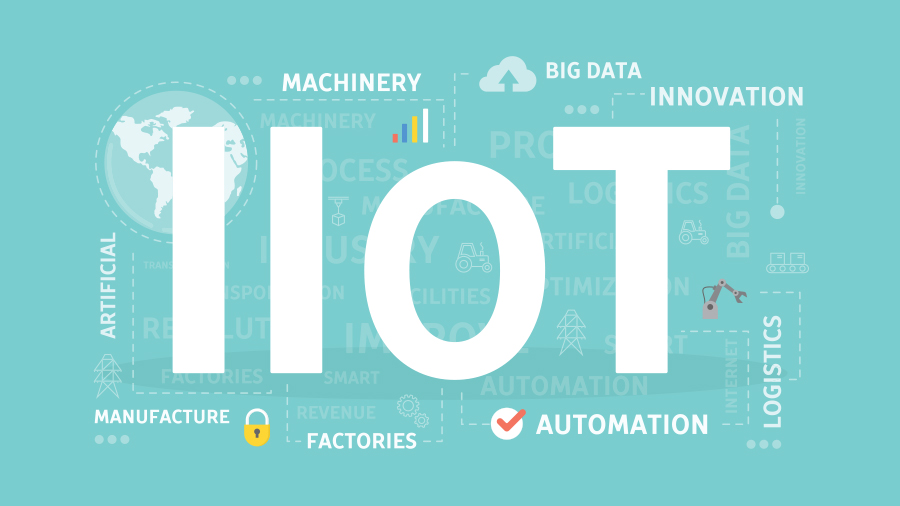If you’ve read part one of our series on the Industrial Internet of Things (IIoT) in manufacturing, in which we discussed history and benefits, and part two, in which we discussed future trends and expectations, you may now be asking yourself how to get started in adopting IIoT technology for your own manufacturing facility. While making big process changes may seem overwhelming to plant leaders, the IIoT’s potential benefits and cost-saving impacts are well worth the effort. If you have been waiting to see how the technology has evolved or you’re operating on an outdated network, now is the time to update your manufacturing facility to align with IIoT advancements — and reap myriad IIoT benefits.
Where can you start?
You can incorporate the IIoT’s best elements into your practices right now in some concrete ways.
- Document management — Connected documents allow for real-time updates that can help facility and personnel managers improve daily decisions.
- Shipping and warehousing — Manufacturers can use the IIoT to track incoming supplies and outgoing products, providing data that allows them to identify trends and problem areas while increasing efficiency.
- Assembly and packaging — Workers can utilize embedded sensors and other IIoT-connected components to monitor production, allowing for personnel to intervene early and prevent problems as well as execute better quality control that can improve customer ratings.
How can you start?
Thankfully, IIoT is not an all-or-nothing endeavor. You can upgrade your processes one by one over time and choose small individual elements to implement. To get started, first ask yourself what end goals you have for adopting IIoT technology.
- Preventive maintenance — Could you leverage technology that provides run-time or equipment cycles to make your maintenance processes smoother and save on repair costs?
- Predictive maintenance — Could you benefit from equipment that monitors its own condition and provides warnings when a failure is likely near?
- Energy consumption — Do you want equipment that monitors energy usage so you can optimize how much you use?
- Inventory planning — Do you need technology that tracks shipments, supply orders, and production patterns, allowing you to make better scheduling and transportation decisions?
You can implement any of these improvements on their own or as part of a larger, more gradual plan to adopt IIoT-enabled technology across all steps in your manufacturing process. One way to choose where to begin is to look at your human resources. Notice most technology requires knowledgeable people to analyze and interpret the data it produces to deliver the full benefits. If an area of your process already includes people with the skills necessary to fully implement IIoT technology, it could be a great place to start your transition.
